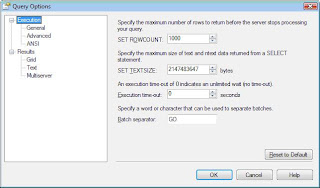"A layer of middleware that enables the delivery and sharing of services across and between business applications. ESBs are typically used to support communication, connections, and mediation in a service-oriented architecture." (Evan Levy & Jill Dyché, "Customer Data Integration", 2006)
"The infrastructure of a SOA landscape that enables the interoperability of services. Its core task is to provide connectivity, data transformations, and (intelligent) routing so that systems can communicate via services. The ESB might provide additional abilities that deal with security, reliability, service management, and even process composition. However, there are different opinions as to whether a tool to compose services is a part of an ESB or just an additional platform to implement composed and process services outside the ESB." (Nicolai M Josuttis, "SOA in Practice", 2007)
"A middleware software architecture construct that provides foundational services for more complex architectures via an event-driven and standards-based messaging engine (the bus). An ESB generally provides an abstraction layer on top of an implementation of an enterprise messaging system. |" (Alex Berson & Lawrence Dubov, "Master Data Management and Data Governance", 2010)
"The infrastructure of an SOA landscape that enables the interoperability of services. Its core task is to provide connectivity, data transformations, and routing so that systems can communicate via services." (David Lyle & John G Schmidt, "Lean Integration", 2010)
"A software layer that provides data between services on an event-driven basis, using standards for data transmission between the services." (DAMA International, "The DAMA Dictionary of Data Management", 2011)
"A packaged set of middleware services that are used to communicate between business services in a secure and predictable manner." (Marcia Kaufman et al, "Big Data For Dummies", 2013)
 Query Options under SQL Server 2008
or by running the command:
SET ROWCOUNT <number of records>;
Of course somebody may limit the number of records returned by a query using TOP function when working with SQL Server and ROWNUM in Oracle, though I find it not always handy – it depends from case to case. There are also technical implications between the two types of usage, according SQL Server Books online it is recommended to TOP with SELECT over ROWCOUNT with regard to scope and query optimization, however in this context only the later makes sense:
Query Options under SQL Server 2008
or by running the command:
SET ROWCOUNT <number of records>;
Of course somebody may limit the number of records returned by a query using TOP function when working with SQL Server and ROWNUM in Oracle, though I find it not always handy – it depends from case to case. There are also technical implications between the two types of usage, according SQL Server Books online it is recommended to TOP with SELECT over ROWCOUNT with regard to scope and query optimization, however in this context only the later makes sense:
